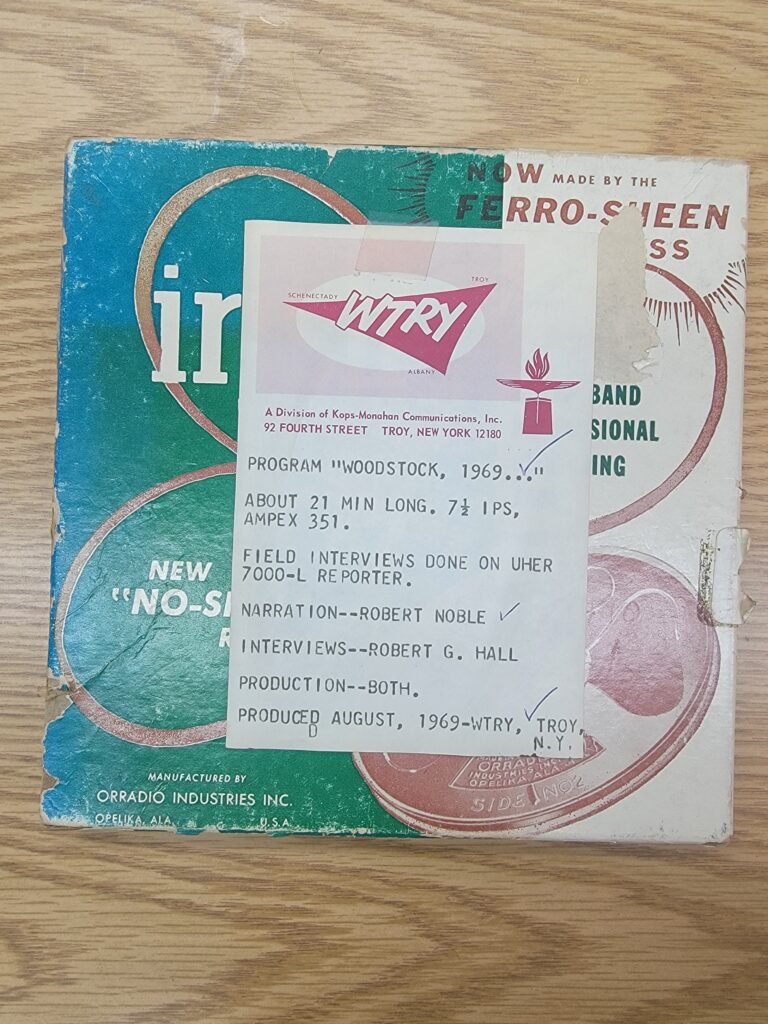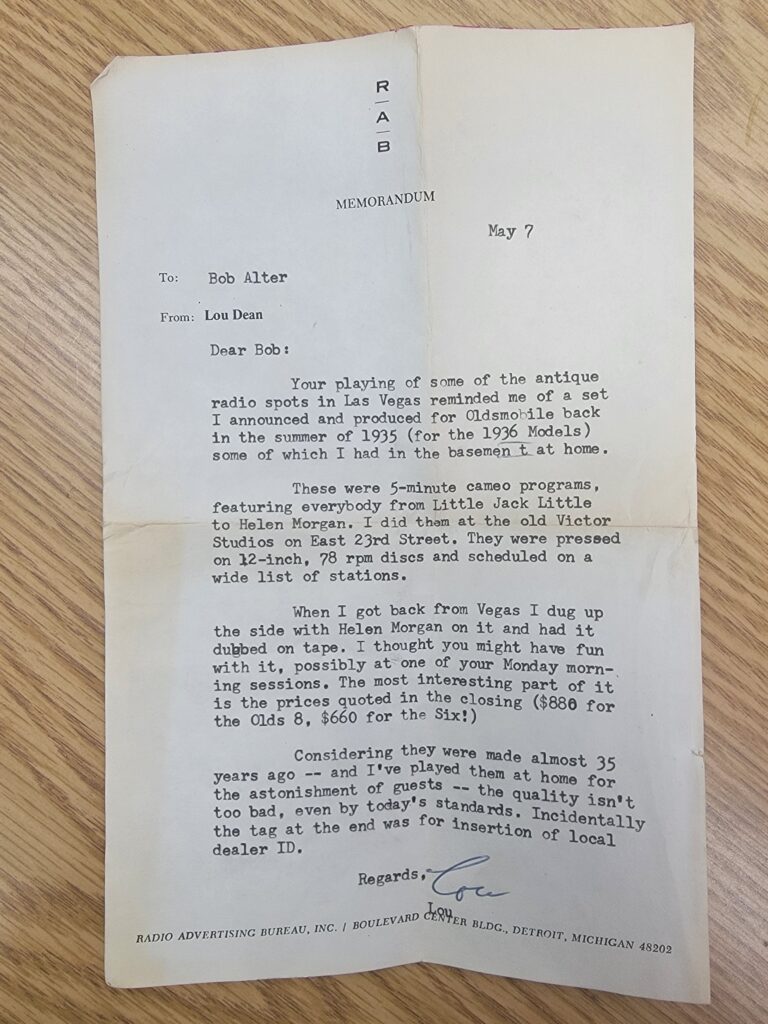
JULES HOEPTING
Managing Editor
Fredonia Radio Systems (FRS) has been reeling in history — literally. The club’s Archival Project consists of taking reels of audio tape, cassette tapes, mini discs and compact discs stored in the station’s archives and digitizing it. Once digitized, the files, along with any behind-the-scenes information discovered about the recordings, is made available on the station’s YouTube channel, “Fredonia Radio” for public listening.


Heading the Archive Project is FRS’s Staff Representative, Alex Erwin, a junior double majoring in audio/radio production and video production. Technical assistance is provided by the station’s Chief Engineer, Johnny Zareski, a sophomore sound recording technology major. File organization is led by the station’s Chief Archivist, Olivia Rokosz, junior music education major.
The Archive’s Project was Erwin’s idea, as he was always fascinated by the records in the archives and found it unfortunate he could not listen to some of the records because of the format they were recorded on. Several of the records in the archives are the only recordings of a program, or are one of a few recorded copies of a program.
Many of the records have already begun deteriorating. Zareski found and restored a reel-to-reel player, and the idea of forever preserving the records via digitalization — a means everyone could access the records — was born.
The project is no small task, however. Erwin estimates there are around 100 reels alone in the station, plus many more CD’s and other forms of physical media that need to be digitized.

For a reel to be digitized, it is played through a reel-to-reel hooked up to an audio board that goes straight into Adobe Audition, an audio editing software, and then is made into a video that can be posted on YouTube. Reels need to be digitized in real time whereas other forms of media can be processed faster.
There is over 60 years worth of FRS and radio history stored in the station’s archive; “We have a little bit of everything, from advertisements, to programs, to documentaries. Everything from out in the world to Moscow to right here in SUNY Fredonia,” explained Erwin.
What are the most interesting recordings discovered so far?
Jackson DiCarlo, station manager and senior video production major, was entertained by a Kermit the Frog deforestation PSA produced in the ‘80s.
“It’s literally a Jim Henson recording of him and a few other puppeteers doing like PSAs and like five, 10 seconds, 15 seconds, 30 [seconds], a minute long interval telling you to write to your local congressman if you’re interested in stopping deforestation,” DiCarlo said. “It’s really sweet because, you know, I’m just thinking Jim Henson took time out of his day to do this very nice thing along with some other performers,” he added.
Erwin was fascinated by a small documentary episode about Woodstock 1969 from Troy, NY covering “what it was like during the actual festival” and “all of the problems that came with a massive crowd going to such a small town.”

Another one of Erwin and Rokosz’s favorites were Oldsmobile headliners for radio recorded in the 1930s. Oldsmobile was a brand of automobile produced by General Motors that is now discontinued.
What makes the liners especially interesting to Erwin is that an unknown person recorded the radio spots onto old shellac records, kept the records in their basement for a long time, dubbed them onto an audio tape and sent them to a person in Las Vegas.
“I’m not quite sure how we got [the records], but eventually we got them and it [came] with a little note, kind of describing like ‘Hey, I was listening to your program. You’re playing old radio spots. I made this one back in the day. Here you go,” Erwin explained.

Other interesting finds include Sears electronic logos and Chevrolet spots tapes produced in 1969. There is even a 15-minute profile on The Leader covering the history, production and the scandals of the student-run newspaper, produced sometime between 1975 and 1985.
Because of all the discoveries still to be made, the Archive Project is something that could be “a part of the station from now on. Either directly as a part of the archivist position or just something else that people volunteer for,” according to DiCarlo.
If you are interested in helping out with the Archive Project, stop by Fredonia Radio Systems in McEwen Hall 115, Monday–Friday 9 a.m. to 5 p.m., or email frs@fredonia.edu.
